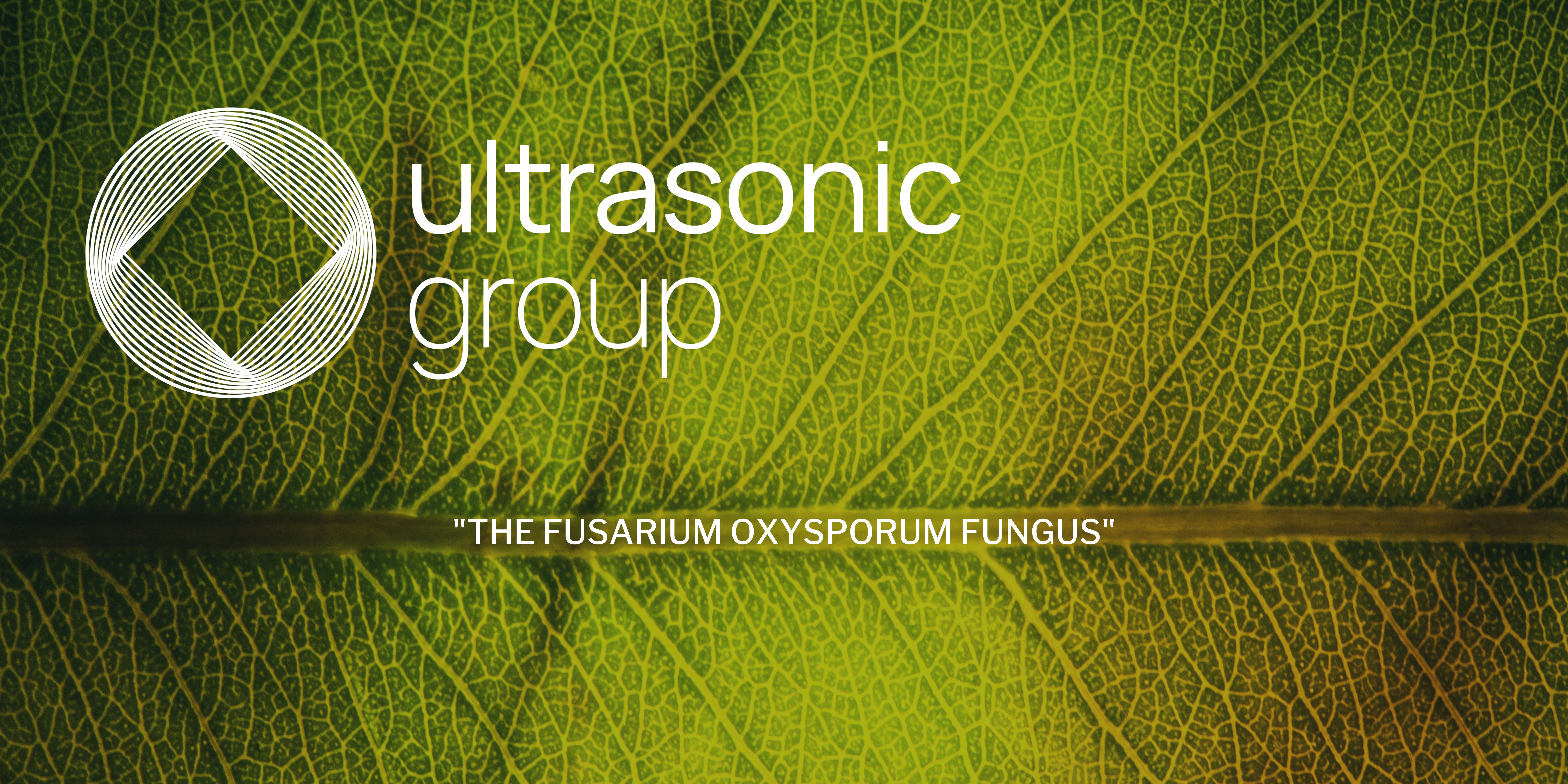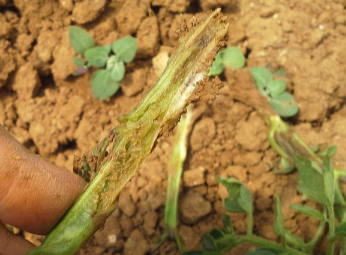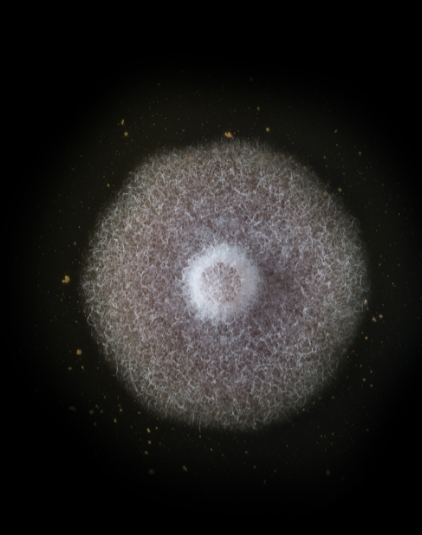In the horticultural sector, one often has to deal with certain fungi. one
common one is the Fusarium fungus, consisting of various soil fungi and
causes a lot of damage. You can recognize it by the yellowing and wilting of
the leaves.

Fusarium Oxysporum is the only Fusarium species that grows in the host plant and spreads upwards inside the plant. How does this fungus continue to survive?
The fungus forms spores on dying plant material, these spores are spread by air and water to other plants. The spores of this fungus can remain germinating for up to more than a year, allowing the fungus to multiply easily.

The spores enter the plant through the root. Once inside the plant, they continue their way through the vascular bundles. As soon as the Fusarium reaches the top of the plant, the spores will settle in the vascular bundle tissue, causing root rot, foot and stem rot, leaf spot, fruit rot and post-harvest rot.

Several applications are already used today to combat the Fusarium fungus. Also the ultrasonic application was tested, this with the help of a Sonic device. These tests were conducted in collaboration with the Centre for Agricultural Research, Department of Crop Protection in Ghent, during a period of 4 months (February to May 2000).
A total of 9 different tests were performed with each time a change in set-up and water volume, i.e. also the duration of irradiation time (ultrasonic) was different. The aim of these tests was to look at the influence of ultrasonic on the growth of fungi and bacteria, with regard to the Fusarium Oxysporum fungus. Recycled horticultural
drain water was used.
After a period of 4 months, the results were clear. After 11 days of ultrasonic irradiation, the solution was bacteria free, i.e. all bacteria had disappeared from the test solution. Ultrasonic does have a positive impact on the destruction of fungi and bacteria, up to 100%.
Not only during this test was it proven that ultrasonic is effective against the destruction of fungi and bacteria, it was also found that the growth of germ tubes was strongly inhibited.
With the help of these tests it was once again proven that an ecological alternative as ultrasonic, has an effective and beneficial effect on the fight against bacteria and fungi.